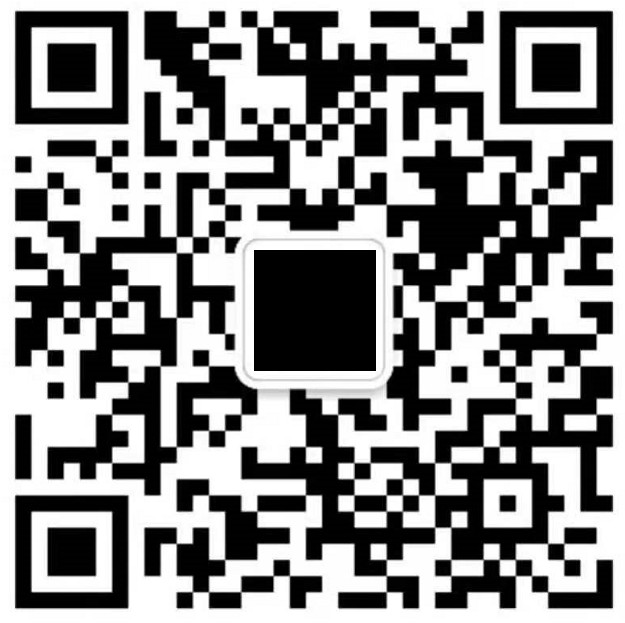Benson Leung, a Google engineer, seems to be very focused on USB Type-C. After testing the USB Type-C cable sold in Amazon, he again said that the latest flagship models HTC 10 and LG G5 did not strictly follow the USB Type-C standard, because they used the quick charge of Qualcomm Quick Charge 3.0.
According to Benson Leung, the USB Type-C 3.1 standard requires the voltage of the Vbus pin to be controlled between 4.45-5.25V, but Qualcomm's QC will increase it to 9V or 12V, which violates the standard.
Qualcomm's response to this is as follows:
Qualcomm Quick Charge is designed to be connector-independent. It can be implemented in a device that supports a variety of connectors, including USB Type-A, USB micro, USB Type-C, and others. When an OEM chooses to implement Quick Charge into their device, they can configure the voltage to fit within the specifications of the USB Type-C standard. We have received no reports of user experience or device malfunction issues with or without USB Type-C connectors. At Qualcomm Technologies, we are continuously working to provide the best solutions for our customers and consumers. Qualcomm Quick Charge is a leading edge fast charging solution with more than 70 devices and 200 accessories supporting one of the two most recent versions of Quick Charge, with even more currently in development.
The translation probably means that QC has nothing to do with the interface used by the equipment. USB Type-A, USB micro, USB Type-C and other interfaces can be used. All OEMs can decide whether to use QC at their own discretion, and have not received any accident reports about using QC so far.
The reason why Benson Leung is so tangled may be that manufacturers use Qualcomm QC instead of PD fast charging. The full name of PD is USB Power Delivery, which is a fast charging standard formulated by the USB promotion organization. Five level specifications are set according to the available power, and the use of PD can realize two-way charging. In short, two devices can be charged with each other through USB cable connection.
However, this fast charging standard is not bound to USB Type-C, which is not a mandatory standard. It is only an optional standard at best. What's worse is that PD has not been fully finalized yet. Benson Leung refers to PD 2.0, but now PD 3.0 has appeared. The actual situation may be even more desperate. Since the PD is not bound to USB Type-C, we have seen many products that are ironic: for example, the one plus two interface is USB Type-C, but it does not support fast charging, only 5V/2A.
So far, the manufacturers using PD are also incompatible with each other. For example, Google uses 5V/3A on the Nexus 5X/6P, LeEco has 9V/2.7A in addition to 5V/3A, Apple uses a single USB Type-C interface on the New MacBook, and the charging is 14.5V/2A. All three companies have their own standards. By the way, it seems that Microsoft's Lumia 950/950XL is 5V/3A, which is expected to be compatible with Google? So Benson Leung won't go to Apple LeEco to complain about this problem?
And I'm sorry to be so stupid. I went to check the USB 3.1 specification document and found no description related to the voltage of the Vbus pin. Please answer it. As for whether the use of Qualcomm QC is safe, the USB Type-C interface can withstand up to 100W of power in the PD standard. Compared with the current maximum power of less than 30W, the QC power is weak. Of course, as consumers, we should take an objective view of Google engineer Benson Leung's friendly reminders and Qualcomm's responses, and let time test how it actually works.
Some of the pictures are from the Internet, and they will be deleted in case of infringement
Reward

 Scan WeChat and reward the author
Scan WeChat and reward the author

